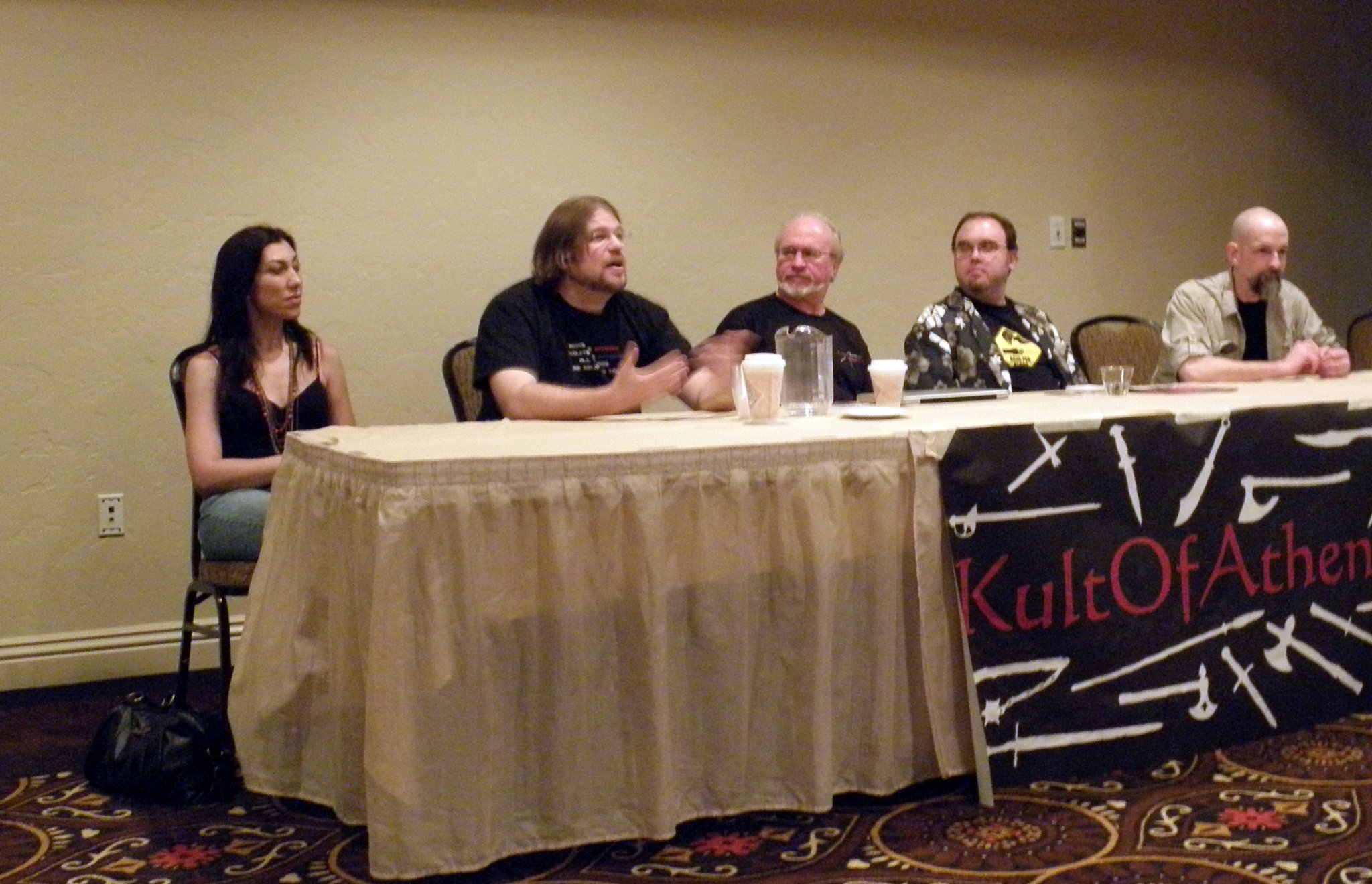The poll we have up for the site right now asks for readers to pick from a list of genres the one choice that most represents Zombie Ranch to them. The split so far seems to be fairly even between “Science Fiction” and “Western”, although the frontrunner is the non-answer “Sorry, my head exploded”. Which is fine, because even as the guy writing the story I’d be hard pressed to pigeonhole it into any one theme. I felt your pain whenever I placed the comic on a listing site with a drop-down menu where I had to pick *something*. Usually I went with Science Fiction, but sometimes I did other picks, including Horror.
Ah, horror, possibly one of the most nebulous, “I knows it when I sees it” genres out there. Like humor, horror as an experience is something very subjective, and what haunts one person may just be shrugged right off by another. An occasional complaint, or at least note I receive about Zombie Ranch is that it’s just not very scary, and the poll so far is bearing that out, along with this recent review by Back From The Depths.
Now my occasional pen-pal buddy James from The Other Grey Meat brought up the natural follow-on to that, which is that Zombie Ranch (at least in his view) isn’t really a “horror comic”. Back From The Depths focuses on horror comics, so it’s only logical they’d come at Zombie Ranch from that angle, not to mention that, hey, it is listed out there in certain places as horror and our title banner is pretty ominous looking. False advertising? Hopefully not that bad, but I admit it has made me shy about promoting on “mainstream” zombie and horror sites, at least since the early days.
But what actually makes something a horror comic, aside from some marketing person slapping that label on it? For that matter, what makes anything horror? Some of the old episodes of The Twilight Zone and The Outer Limits are quite scary, but had no gore or even monsters involved. So horror doesn’t seem to be tied into the subject matter or even the presence of the supernatural. In the early 1800’s writers were already debating the fine points of horror vs terror as literary concepts, further muddying the issue in an ironic attempt to clarify. These days there’s also a quality stigma attached to the category of horror that leads to movies like Silence of the Lambs being labeled “suspense” or “thrillers”.
I think about these kinds of things a lot. Dawn would likely go further and say I obsess over them, but hey, at least these sorts of discussions let me know I’m not alone. I believe at this point I will go ahead and settle for the idea that Zombie Ranch is not a “horror comic” per se. Why? Because I’ve focused on the matter of intent. It’s just too subjective otherwise, no matter how many disturbing concepts I think I might be presenting. I managed to track down an article I read many years ago titled “Occult and Horror Comics: Why They Fail“, which I believe is the first place I came across the phrase “the horror of ideas”. Look past the title… though written back in the hoary old year of 2003, I still find it an exceptionally good read for any comics fans and comics creators out there just for the notions Joel Phillips expresses on “occult” as opposed to “horror” and his analysis of three different kinds of horror and how they play out in the comics medium. But let’s look at the first part which I find especially valuable to consider:
“Think of it this way: “occult” is a genre, “horror” is an intent. The former goes to subject matter, characters and settings. The latter goes to what the writer wants to happen to his or her audience. If they want them to be scared, that’s horror.”
Drawing that parallel back to humor again, this is a very, very succinct way to look at things. A gag strip could be set on a starship in the far future, or a fantasy landscape in the past, or just be focused on a group of Anytown, U.S.A. (or other applicable country) kids, but it all comes down to one thing: is the creator’s primary intent to make you laugh? Whether or not you actually find the jokes funny is irrelevant, the intent is what matters. Similarly, a work of horror’s primary intent should be to scare.
Zombie Ranch, by Joel’s definitions, would be what he calls an “occult” comic, dealing in the trappings of the supernatural, but focusing on subject matter, character, and setting without necessarily wanting the audience to react in a fearful manner. In the comments on Joel’s piece (also worth reading), there’s some discussion on whether “occult” would be the proper term, but no matter what you choose to call it, the distinction has a lot of merit, especially because I agree with his premise that real horror is one of the more difficult things to pull off in a comics medium, and certainly rough to do in an ongoing serial with recurring characters.
Comics, for example, make the “spring-loaded cat” moments so prevalent in horror movies largely useless gestures… the still page doesn’t provoke that visceral, instinctual recoil of shock that sudden sound and motion produce in us. It’s cheap, sure, but it’s effective. Joel names this, appropriately enough, “shock horror”. He then moves on to “disgust horror”, and argues that gore is also not quite as effective on the comics page as it is in film, or even books where the power of our own imaginations can be turned against us.
But it’s the third type of horror that Joel does believe comics can do, and do very, very well. This is what he terms “creep horror”, and what I term “the horror of ideas”. This is the kind of horror that makes some of those old Twilight Zones so memorable, the kind that stays with you, keeping your brain churning with disturbing thoughts long after you turn off the TV or put the book or comic away. The kind that shines darkly in the best examples of comics like Hellblazer or Swamp Thing, such as when a character finds out she’s been having sex not only with the walking corpse of her husband, but with the walking corpse of her husband as possessed by the spirit of her twisted uncle. That’s stuff that still makes me want to take a bath to this day when I reflect on it. But it can be less graphic than that… it could be as simple as being the last man on Earth, finally having the time to read all those books you wanted to… but then you break your only pair of prescription glasses.
I think it’s also entirely possible to delve into horror without it being your primary purpose, in fact it may arguably be the only way you can sustain a decent level of scare in an ongoing series of any kind… audiences need downtime or everything starts blending together and desensitizing, and desensitization is the worst enemy of scare. Would I consider the old Tales From The Crypt offerings to be horror comics? Absolutely! But they were collections of one-shots rather than a continuous narrative, constantly interchanging characters and stories. Maybe in that sense Joel’s definition is too strict, since not even a comic like The Walking Dead is trying to scare you all the time, nor should it.
With Zombie Ranch, I’ve purposefully injected elements that I find horrific to contemplate, but after twenty years of it as their daily existence, the characters themselves have largely accepted it as normal. I’ve talked before about how resilient human nature can be even in the most horrible circumstances… somewhere along the line as the bombs drop and the bodies pile up, people decide it’s not really going to get better anytime soon and so just work it into their daily routines. The outsider asks, “How can you possibly live like this?!”, and the native responds, “Well, the war isn’t stopping. What else should I do?”
On a smaller scale, you might think about how uncomfortable the idea of killing, gutting and skinning an animal is to a lot of modern day city dwellers. It might even be considered horrific. But if you live out on a farm, it’s just something you do. Is it sane? Is it right? Who sits in judgment of that?
Horror, I still believe, is a very subjective matter. That’s why the intent of the creator is so important, and in my case, although there are times I’m writing Zombie Ranch with the intent to scare or disturb, I’m just as often looking to evoke other reactions out of you readers as I let the story ply its course. So is it a horror comic? Sometimes.
Which, again, means it’s probably not really a horror comic at all, at least by my self-inflicted definition. But I can live with that. And hey, since you’re not expecting it, maybe you actually will jump when I throw the cat at you.








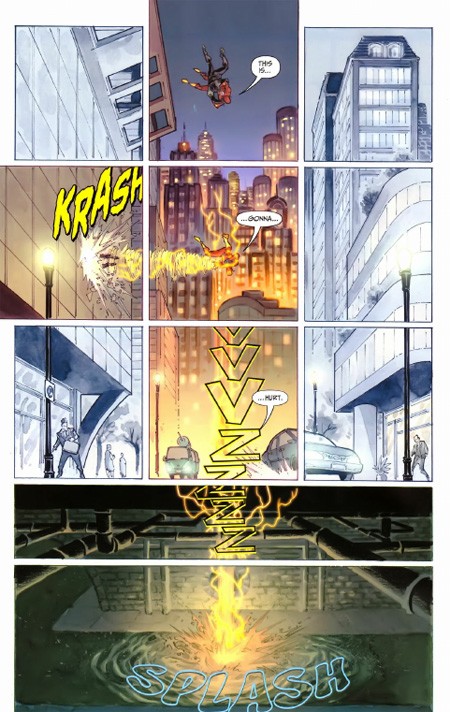
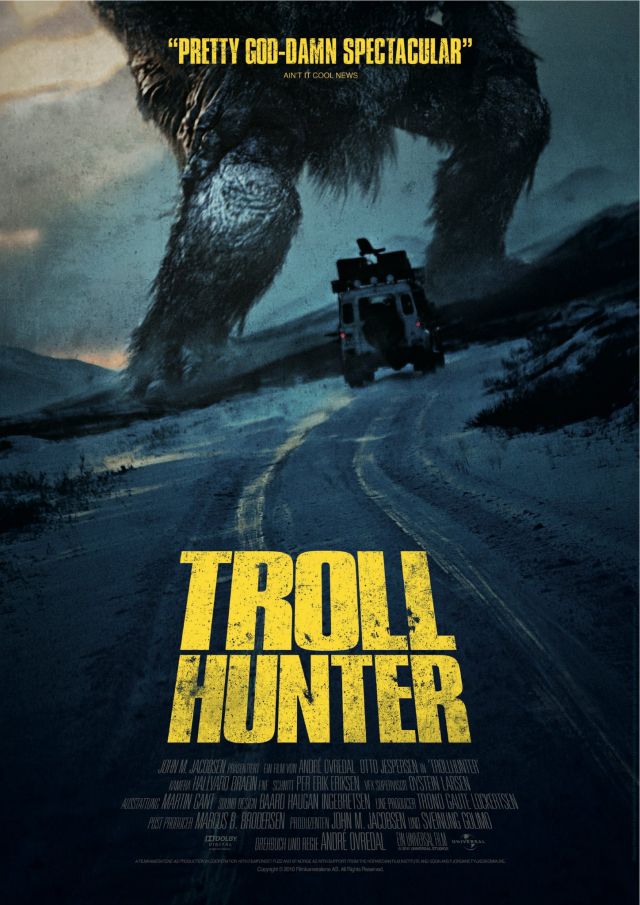 Netflix has been having its issues of late—price increases, bizarre business model alterations—thankfully the whole Qwikster idiocy has now been abandoned, but with all the rough patches it was nice to fire something up this last weekend that reminded me why I fell in love in the first place.
Netflix has been having its issues of late—price increases, bizarre business model alterations—thankfully the whole Qwikster idiocy has now been abandoned, but with all the rough patches it was nice to fire something up this last weekend that reminded me why I fell in love in the first place.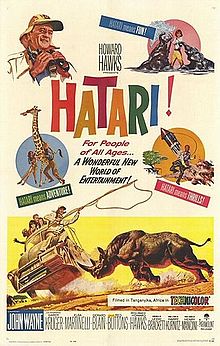 I have a confession to make, and it’s that, despite my rambling on in recent weeks about the unique power and pacing of certain classic movies, I might never have seen this one were it not for my good friend (and Zombie Ranch enthusiast) Anthony. Even then it was almost accidental — Anthony just had a free evening where he wanted to hang out, and brought a random bag full of zombie and/or western films he thought we might enjoy. Several of his choices, I was pleased to note, I’d already viewed, but I quizzically noted that in the midst of the pile was the movie “
I have a confession to make, and it’s that, despite my rambling on in recent weeks about the unique power and pacing of certain classic movies, I might never have seen this one were it not for my good friend (and Zombie Ranch enthusiast) Anthony. Even then it was almost accidental — Anthony just had a free evening where he wanted to hang out, and brought a random bag full of zombie and/or western films he thought we might enjoy. Several of his choices, I was pleased to note, I’d already viewed, but I quizzically noted that in the midst of the pile was the movie “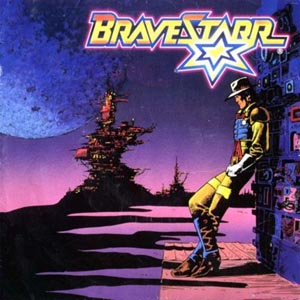
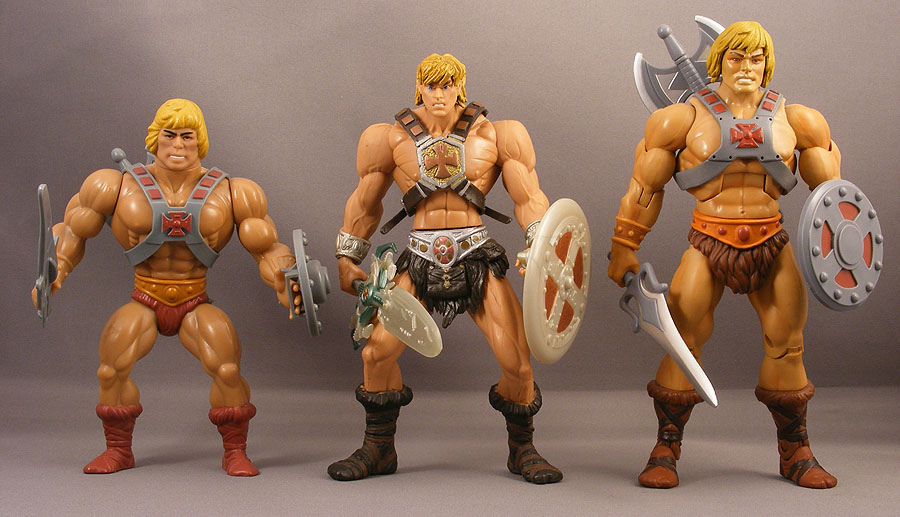
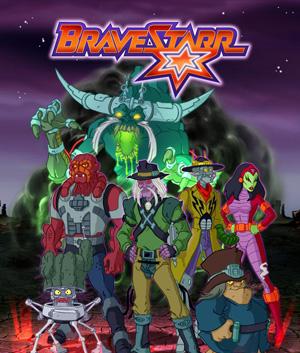
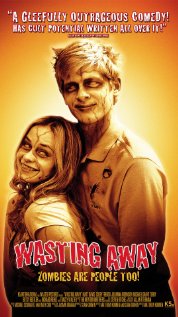 I still have never managed to track down the original source, but I have oft repeated the following quote (or variations thereof): “The main difference between vampires and zombies in modern fiction is that good vampire stories focus on the vampires, while good zombie stories focus on the humans.” The point being that while vampires are inherently interesting beings in and of themselves, zombies tend to only be interesting insofar as the effect they have on the people and places around them. The vampire is a conscious, thinking, possibly even feeling predator. Under the right circumstances, you might even be able to negotiate with a vampire. The zombie is more akin to a natural disaster, even though on a surface level They might resemble Us. Both zombie and vampire are former humans, dark mirrors of ourselves, but they couldn’t be more different in the circumstances of their Otherness.
I still have never managed to track down the original source, but I have oft repeated the following quote (or variations thereof): “The main difference between vampires and zombies in modern fiction is that good vampire stories focus on the vampires, while good zombie stories focus on the humans.” The point being that while vampires are inherently interesting beings in and of themselves, zombies tend to only be interesting insofar as the effect they have on the people and places around them. The vampire is a conscious, thinking, possibly even feeling predator. Under the right circumstances, you might even be able to negotiate with a vampire. The zombie is more akin to a natural disaster, even though on a surface level They might resemble Us. Both zombie and vampire are former humans, dark mirrors of ourselves, but they couldn’t be more different in the circumstances of their Otherness.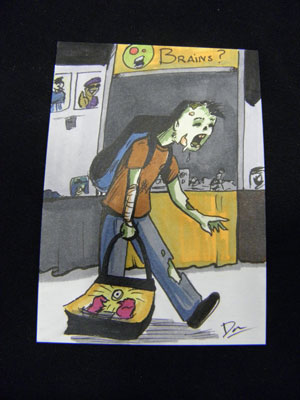 So we’re back, and I can honestly say this was a very, very different Comic-Con than we’ve ever experienced in the past. I don’t know why that came as any sort of surprise, since I kept repeating that to myself and others prior to last week, but it’s akin to the difference between being told that the exhibit hall is big enough to land a small plane in, and actually getting in there and seeing just how overwhelmingly big it is. We had three SDCC “virgins” this year in our immediate circle and every one of them was still shocked despite my descriptions.
So we’re back, and I can honestly say this was a very, very different Comic-Con than we’ve ever experienced in the past. I don’t know why that came as any sort of surprise, since I kept repeating that to myself and others prior to last week, but it’s akin to the difference between being told that the exhibit hall is big enough to land a small plane in, and actually getting in there and seeing just how overwhelmingly big it is. We had three SDCC “virgins” this year in our immediate circle and every one of them was still shocked despite my descriptions.